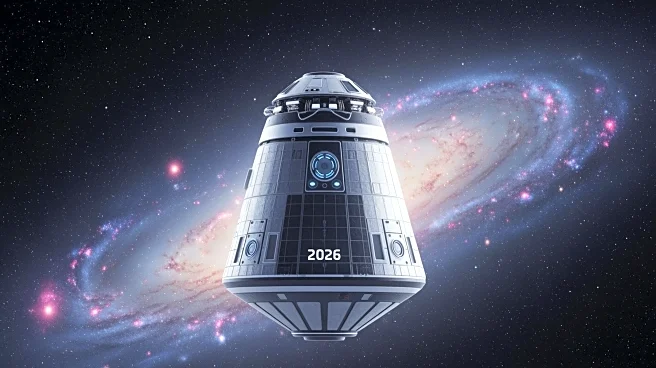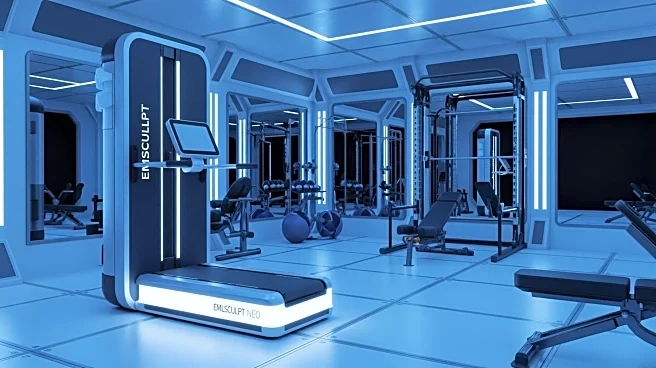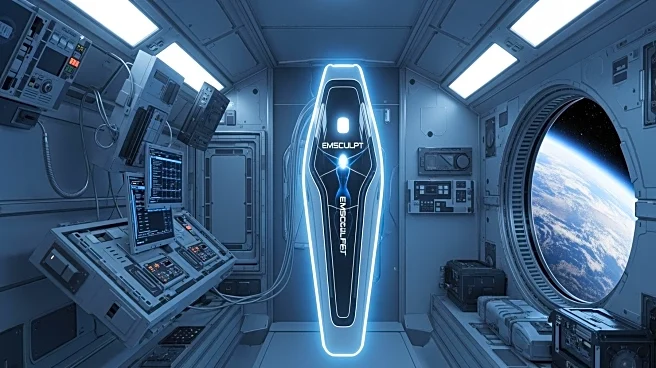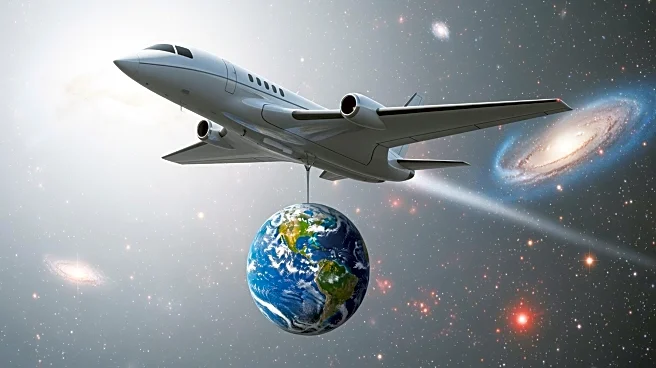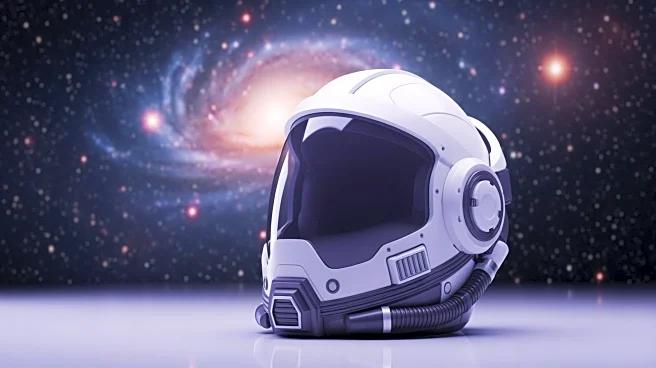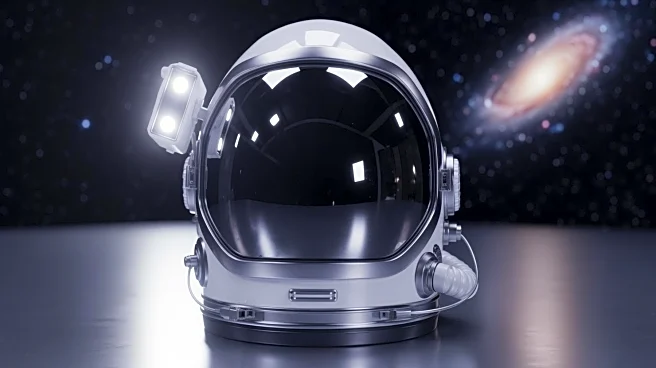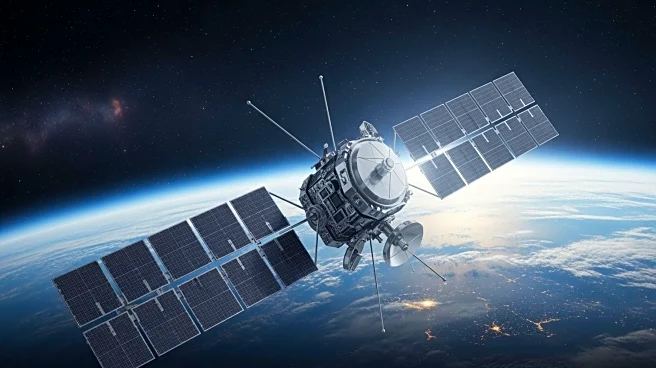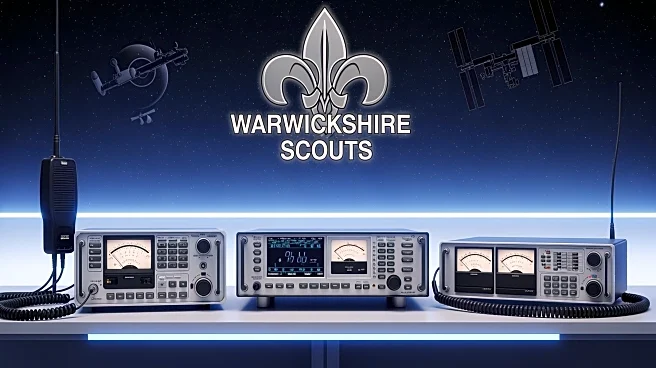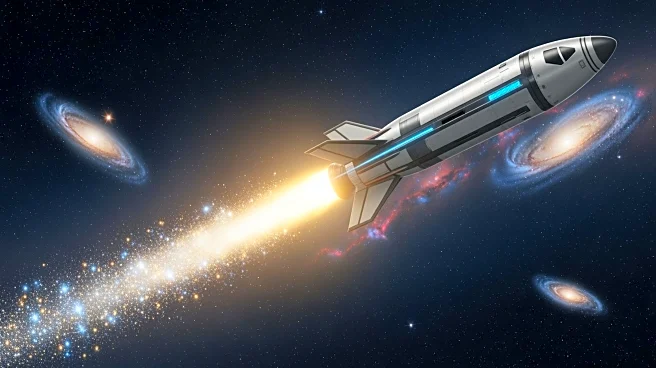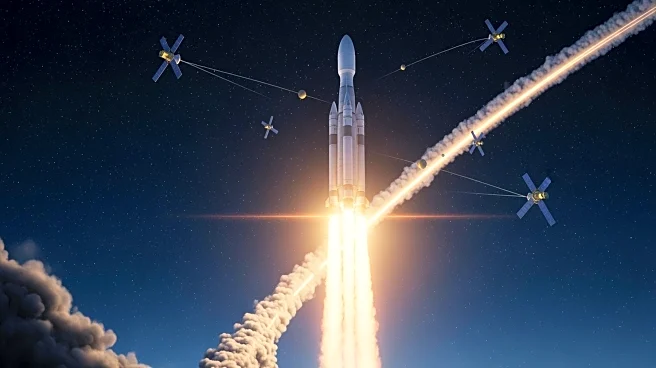What's Happening?
Sierra Nevada Corp., through its subsidiary Sierra Space, has announced a significant modification to its Dream Chaser spaceplane program. Originally intended for cargo missions to the International Space Station
(ISS), the debut of Dream Chaser has been delayed multiple times, with the first flight now expected in late 2026. The decision to cancel NASA's commitment to purchase flights to the ISS was mutually agreed upon, allowing Sierra Space to focus on a free-flying demonstration mission. This shift aims to expedite the first flight and explore other potential customers for Dream Chaser's capabilities, including satellite deployments. The spaceplane will demonstrate flight control and other systems in a low Earth orbit similar to the ISS before testing its entry, descent, and runway landing.
Why It's Important?
The modification of the Dream Chaser mission reflects the challenges and strategic shifts in the commercial space industry. By opting for a free-flying demonstration, Sierra Space can potentially attract a broader range of customers, including national security and commercial partners. This move could enhance the company's market position by showcasing Dream Chaser's versatility in cargo delivery and orbital testing. The decision also highlights the evolving relationship between NASA and private space companies, as NASA prepares for the ISS deorbit in 2030. The success of Dream Chaser could influence future resupply missions and the development of spaceflight technologies, impacting stakeholders in aerospace and national security sectors.
What's Next?
Sierra Space is actively seeking new customers for Dream Chaser's first flight, with discussions already underway with civil and national security entities. The company plans to conduct several tests, including electromagnetic interference and compatibility testing, a captive tow test, and acoustic testing at NASA's Kennedy Space Center. The Dream Chaser is set to launch on a United Launch Alliance Vulcan rocket, although alternative launch options are being considered. Sierra Space is also in early production of a second Dream Chaser spaceplane and plans to develop a crewed variant and a national security vehicle, indicating continued expansion and innovation in its space operations.
Beyond the Headlines
The decision to modify the Dream Chaser mission underscores the complexities of space program management and the need for flexibility in response to delays and changing priorities. It also raises questions about the financial implications of contract modifications and the role of taxpayer funding in private space ventures. As Sierra Space navigates these challenges, the broader implications for the commercial space industry include potential shifts in competitive dynamics and the exploration of new markets for spaceplane technology.
